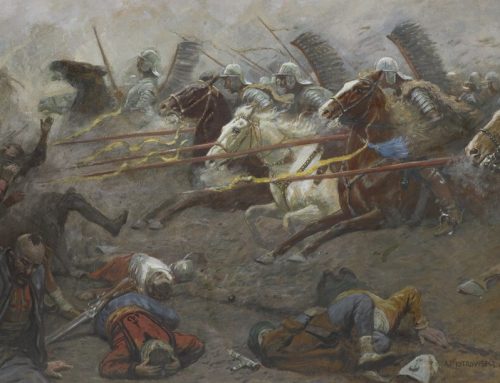Is it spring where you are, or are you heading into fall? If it’s spring, you might have given a thought to May 1 and the traditions of May Day, like I did. This got me thinking about if or how it might be celebrated in Poland, so I did some research.
May Day (Majówka in Polish) holds a unique place in the country’s cultural and historical calendar. While today it’s largely associated with Labor Day on May 1, the celebration’s deeper roots stretch back centuries, blending pre-Christian, medieval Christian, and European springtime traditions into a rich tapestry of seasonal rites.
Long before Poland’s Christianization in 966 AD, the early Slavs marked the arrival of spring with rituals that honored the rebirth of nature and fertility of the land. Similar to other cultures, these spring celebrations often involved lighting bonfires to chase away lingering winter spirits and dancing in forests or near sacred groves.
Central to these pagan rites was the belief in the power of nature spirits and the need to propitiate them for a fertile growing season. People decorated their homes with green branches and flowers, symbolizing life and renewal. Some rituals aimed to protect the community from misfortune or ensure the well-being of crops and livestock, blending reverence for the earth with practical hopes for prosperity.
With the spread of Christianity, many of these springtime customs were absorbed and reinterpreted through a Christian lens. May became a month dedicated to the Virgin Mary, aligning well with the season’s themes of purity, motherhood, and new life. Across medieval Poland, communities began holding May devotions (Majówki)—gatherings to pray and sing Marian hymns at wayside shrines, chapels, or under linden trees adorned with flowers.
These devotions not only offered spiritual reflection but also maintained the social aspect of earlier pagan gatherings. Singing outdoors, marching through fields or village streets, and decorating sacred spaces with greenery allowed old and new beliefs to coexist. The church’s integration of nature-based symbols helped ease the transition from folk religion to Christianity without severing people’s ties to the natural world.
Unlike parts of Western Europe, Poland didn’t develop a prominent maypole (Maibaum) tradition with communal pole dancing. However, traces of similar symbolism appeared in customs such as the Gaik (or Maik), where children carried small decorated tree branches from house to house. These branches, adorned with ribbons and flowers, represented spring’s arrival and fertility. The children sang songs and received small gifts or coins from neighbors as they went, echoing the communal joy of spring festivals elsewhere in Europe.
In some regions, young people gathered for dancing and games in meadows or village squares during early May, reinforcing the season’s spirit of celebration and courtship. While the towering maypole never became a hallmark of Polish culture, the underlying themes of community, fertility, and festive renewal remained central to these spring gatherings.
While modern-day Poland’s May Day is more commonly associated with public holidays and political observances, the older traditions continue to be woven into rural festivities and Marian devotions. From ancient bonfires to flower-crowned shrines, Poland’s May celebrations reflect a continuity of seasonal joy.
Whichever season you’re experiencing where you are, I wish you the best it can bring!







Leave A Comment